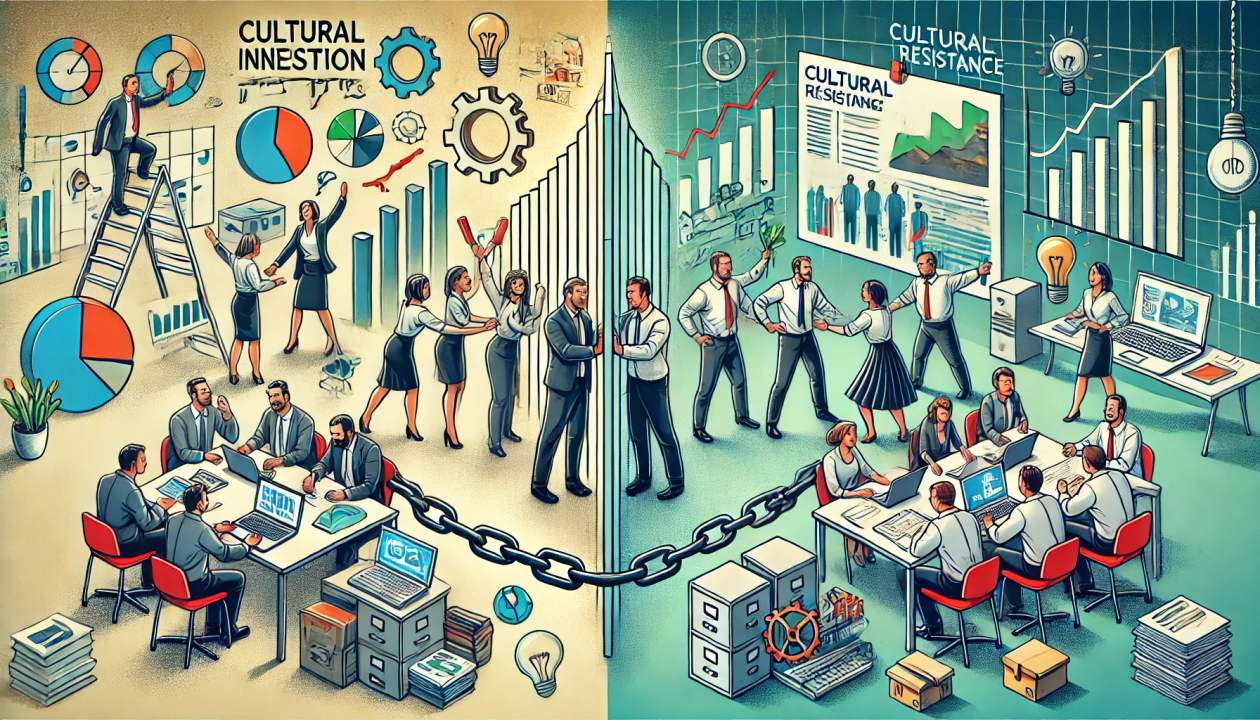Innovation is often celebrated as the engine of business progress, but its implementation faces a significant obstacle: The cultural resistance. In many organizations, Breed and rooted practices create invisible barriers that make it difficult to adopt new ideas and processes. This resistance can be motivated by factors such as the fear of the unknown, excessive valorization of traditional methods and the lack of clear incentives for change.
Companies with an organizational culture strongly based on rigid hierarchies, risk aversion and short -term focus tend to see innovation as a threat to stability. Employees and managers, used to predictable routines, can consider any transformation as an unnecessary complication, adopting a defensive stance that inhibits the evolution of the company. A classic example is the banking sector, where adherence to traditional processes and strict regulation create a natural barrier to the introduction of disruptive technologies, Like blockchain and artificial intelligence.
Besides that, The lack of effective communication can aggravate this resistance. When leadership does not clearly demonstrate the benefits of innovation and does not involve teams in the process, change is seen as an arbitrary imposition. Therefore, Companies like Google and Amazon invest heavily in building an innovation culture, encouraging continuous experimentation and creating environments where error is treated as an opportunity for learning.
“The main reason why change fails in many companies is the lack of urgent culture to adopt it.” John P. Kotter
Another relevant factor is the concept of “confirmation bias”, where individuals seek information that validate their pre -existing beliefs and ignore data that suggests new approaches. This is particularly problematic in more traditional sectors, like the auto industry, that took a long time to embrace the electrification due to the rooted belief that combustion engines would always be predominant.
To overcome cultural resistance to innovation, It is essential that leaders act as facilitators of change, promoting a mentality of continuous learning and recognizing the challenges faced by teams. Gamification, for example, has been used by companies like SAP to engage employees in the use of new technological tools in a playful and collaborative way.
Lastly, It must be recognized that innovation is not just about the introduction of new technologies, but also the ability to reinvent processes, strategies and even business models. Organizations that comprise this dynamic and can align their internal culture with market needs are those that remain competitive in the long run.
